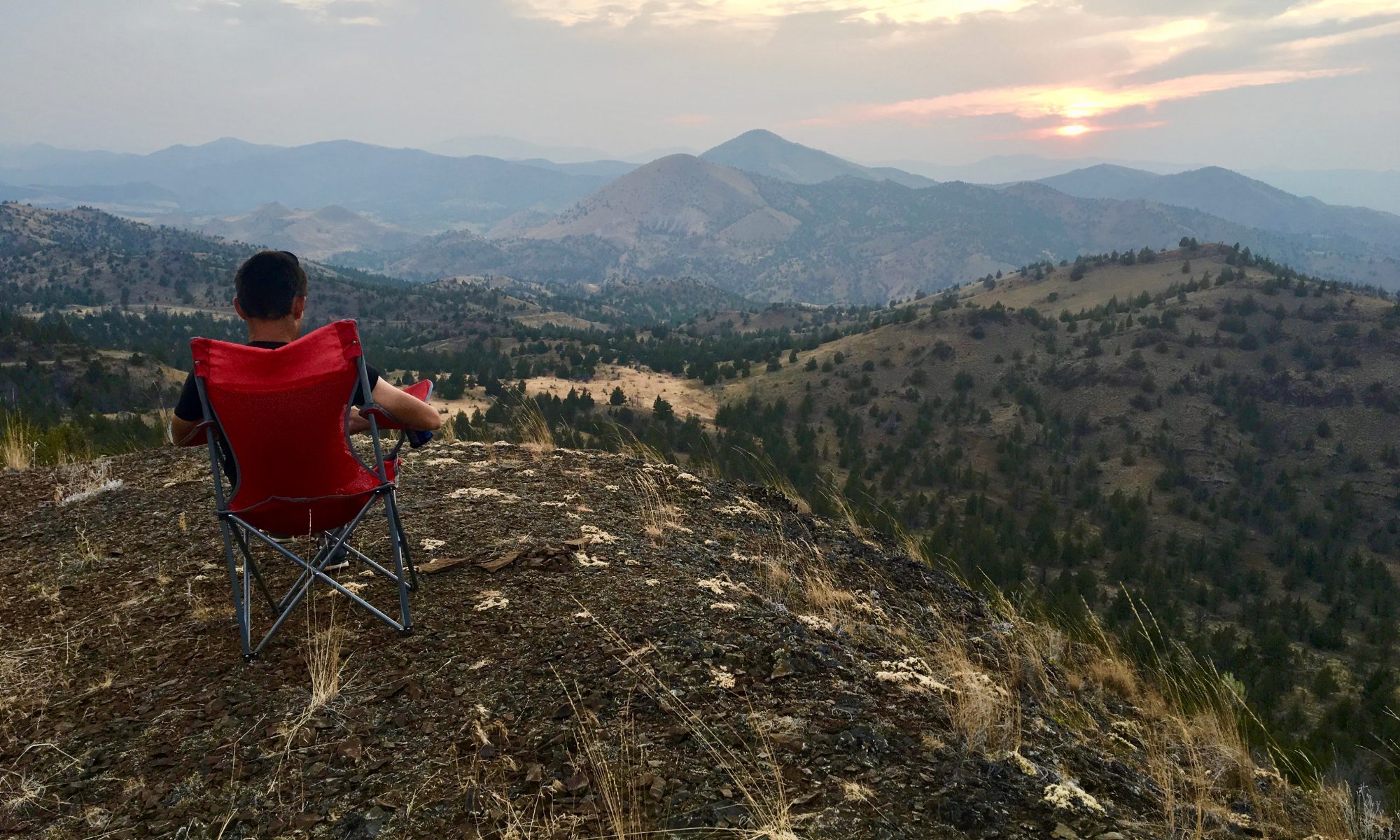When Henri and I crossed the border from Wyoming to Idaho, we started using more and more what’s commonly referred to as BLM Land in order to camp. BLM means Bureau of Land Management and it’s the Federal US institution managing the use of these public lands —lands that are owned by all Americans (as opposed to owned by a single, private landlord or corporation). These beautiful preserved lands, comprising 640 million acres that nobody can privatize (yet) are hands down one of the best things I discovered about America.
America’s public lands existence is kind of a miracle. From my European point of view, in the US every aspect of life has been privatized. Unfortunately that doesn’t mean you don’t pay taxes (I’d say we contribute just about 30% less of what we used to contribute in France), it just feels like you don’t get anything significantly useful in return for what you contribute (typically, healthcare). It’s honestly kind of a bummer sometimes.
Did you say “Public”?

The “No Trespassing” obsession (whichever side of the US political spectrum you are from) is also part of the American Dream. We went to a region in Michigan where we saw a big lake on the map —Lake Torch, to be precise. After driving around it, we were never able to access a public space on the lakeshore to have a picnic, as the entire shore had been privatized by individual landowners who just put their houses there on this little corner of paradise. And it’s something we’ve experienced many times especially in the Eastern US. Now, I understand that in order to find public land in the United States, we must stick to National Parks, Forest, Wilderness areas, and BLM land (on a side note, these lands are obviously threatened right now).
There is no shortage of space in the United States, but a lot of desert land like in Craters of the Moon National Park, Idaho



In most of the Eastern part of the country, there’s little public land (we did spend a significant amount of money on campsites) so we were excited to reach the West and find the 640 million acres of wilderness land that every American owns and can use for recreation.
Camping for free —our little public corner of paradise near Ketchum, Idaho. We fell asleep and woke up with the sound of the river just behind the tent.

What is so special about these places? First, they’re usually located in really, really beautiful, preserved areas near mountains or a desert. Second, they do not have any facilities. At best, you’ll have a fire pit. Often, you don’t have network. This makes for some really good lonely time: you don’t see anybody around, and “around” can mean 20 miles. Last but not least: it’s entirely free. We’ve heard stories of American people who actually live full time on these lands, in trailers or equipped vans, with solar panels. Seriously, this is my favorite version of the American Dream.
How do we find them The iPhone apps “iOverlander” and “AllStays” are pretty good at listing them.
Watching the sunset on BLM land near Mitchell, Oregon

The beauty of these secluded places makes it up for the roughness of not being able to shower (not really a problem in Idaho as it was really dry, and there’s always a river somewhere for basic ablutions). The most beautiful places where we camped in this country were definitely free, public lands without facilities. I would say that not having any neighbors in a beautiful scenery is what makes it so special.
Our land to camp for a night, Mitchell, Eastern Oregon 
By using BLM we also get prime access to amazing wilderness areas, for example when we camped near Sawtooth National Forest. This area of Idaho was a true wonder.



I love the concept of American BLM Land so much that it might be what motivates me to get US citizenship in order to enjoy it for the rest of my life —there is a nothing remotely comparable in a country like France, for example. If you ever use BLM land, please leave no trace, pick up your trash, your toilet paper, don’t burn the forest, and have fun reconnecting with your wild side!


Did you actually see no trash at all in those places? Beautiful pictures as always, beautiful nature!
A few places had a bit of trash –especially toilet paper :-, but it’s usually not too bad. Some of them were pristine! In France, that certainly wouldn’t be possible. I think most people who use the lands here in the US understand the value of it.